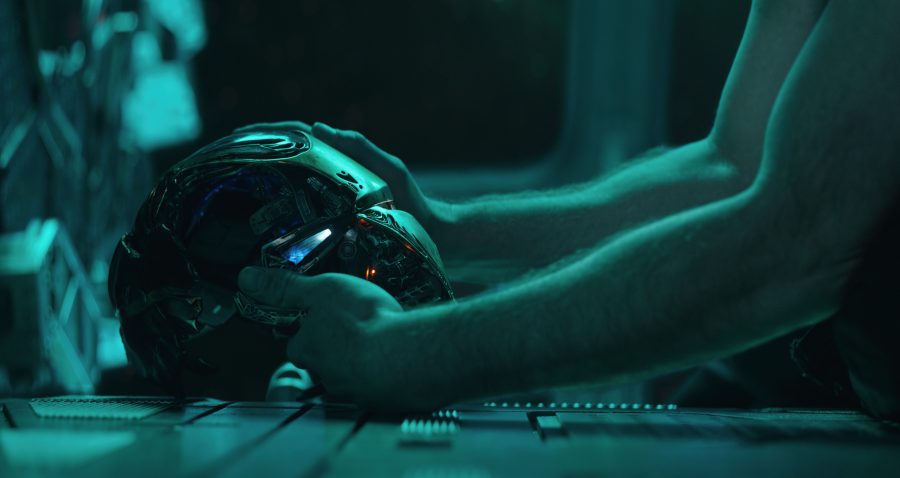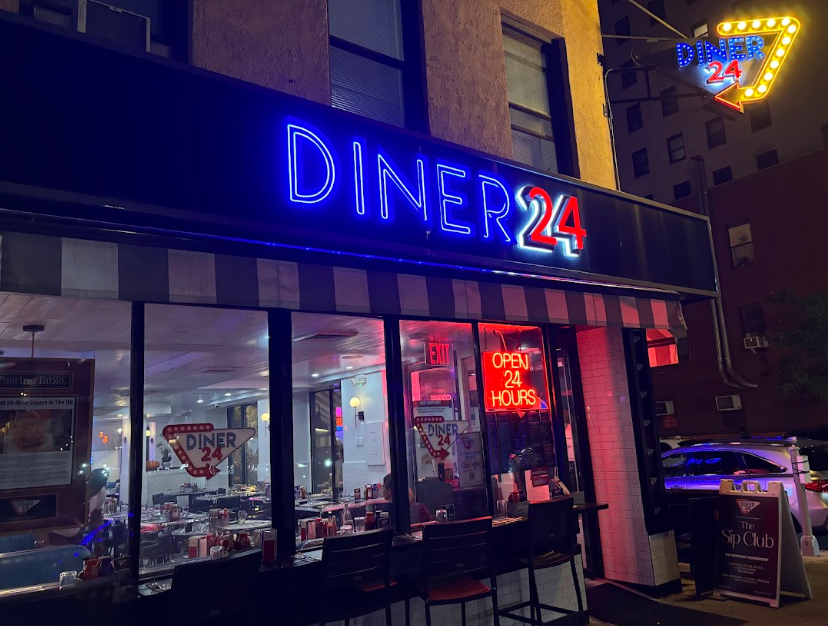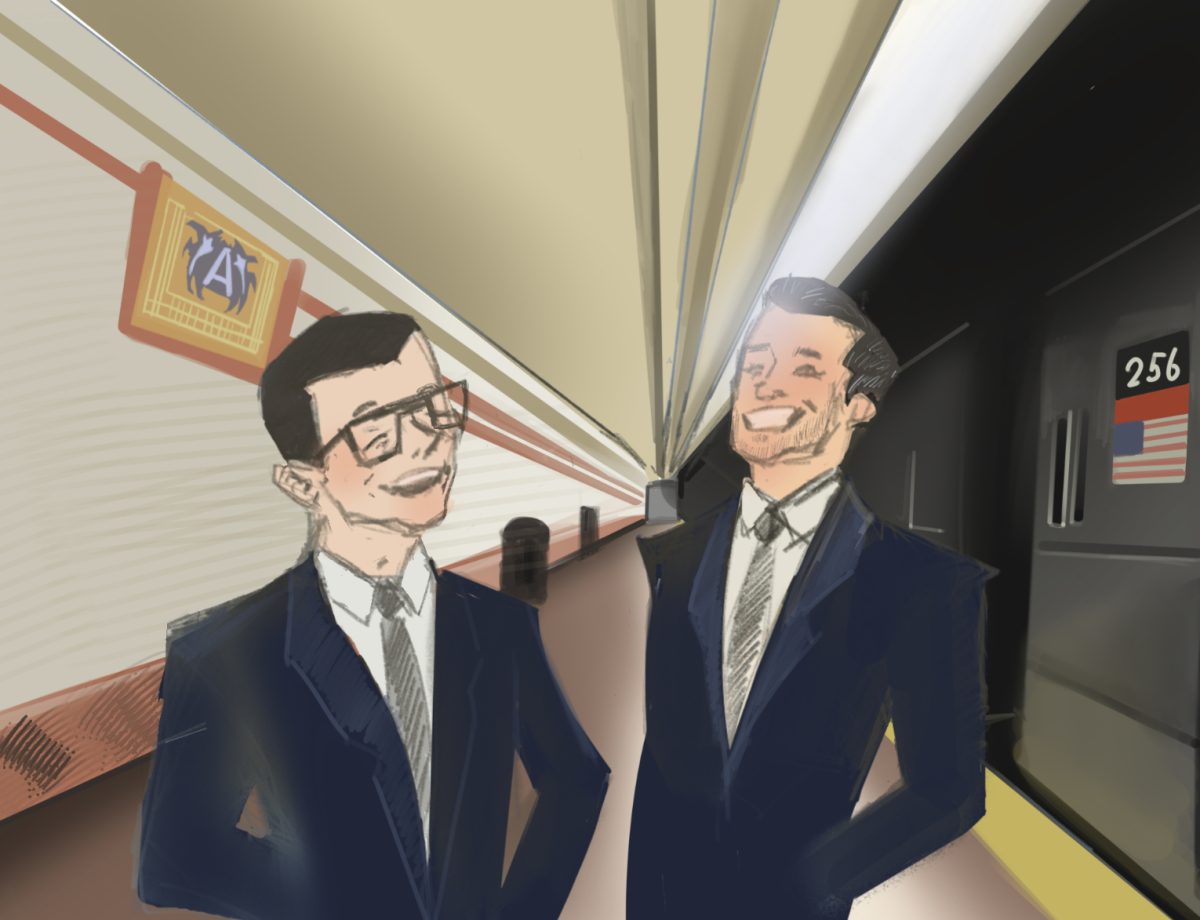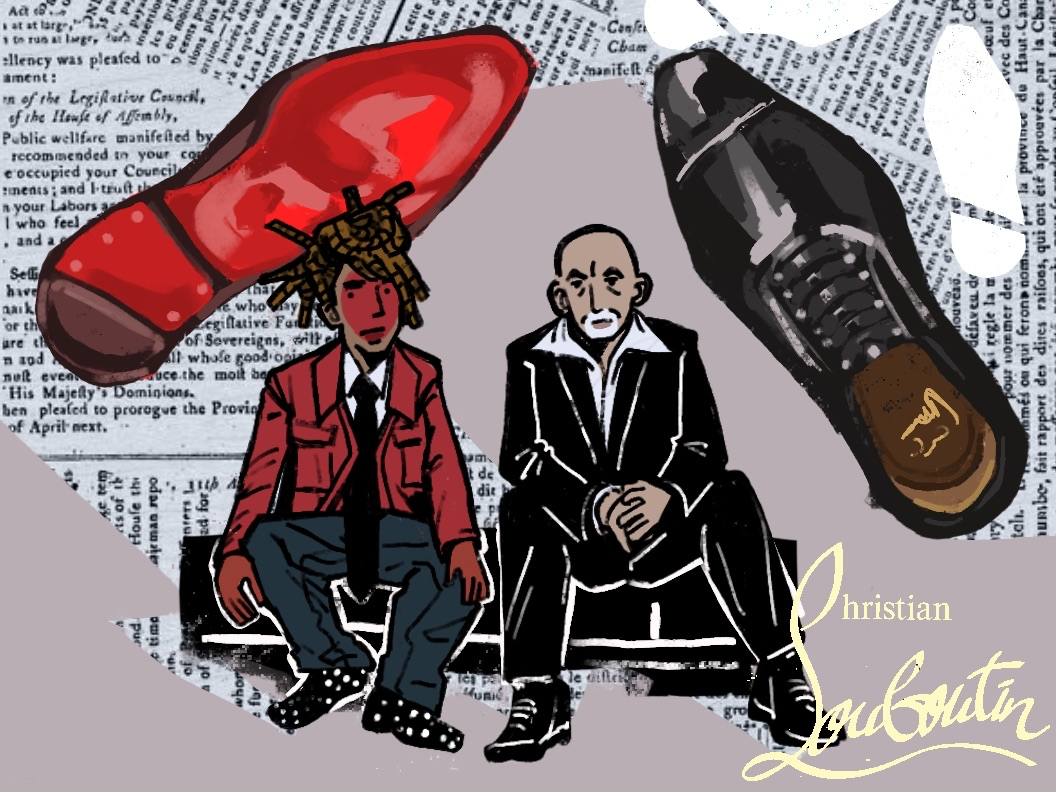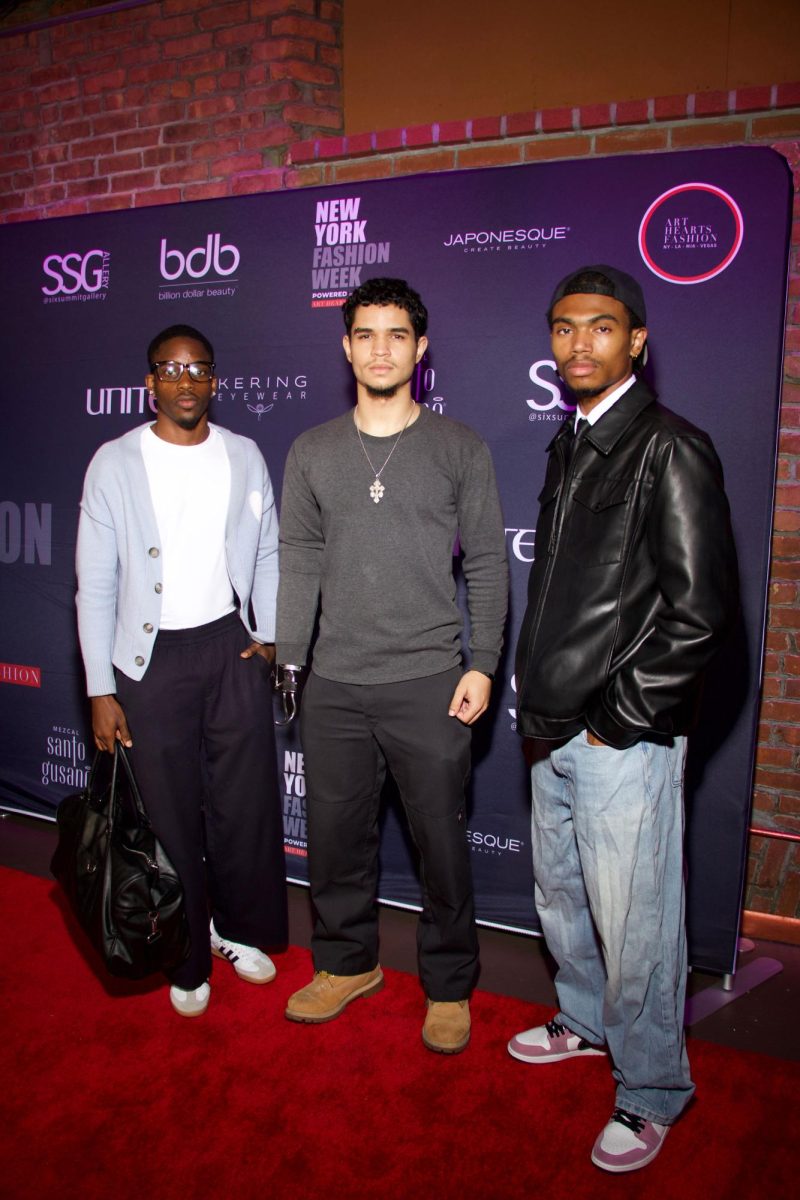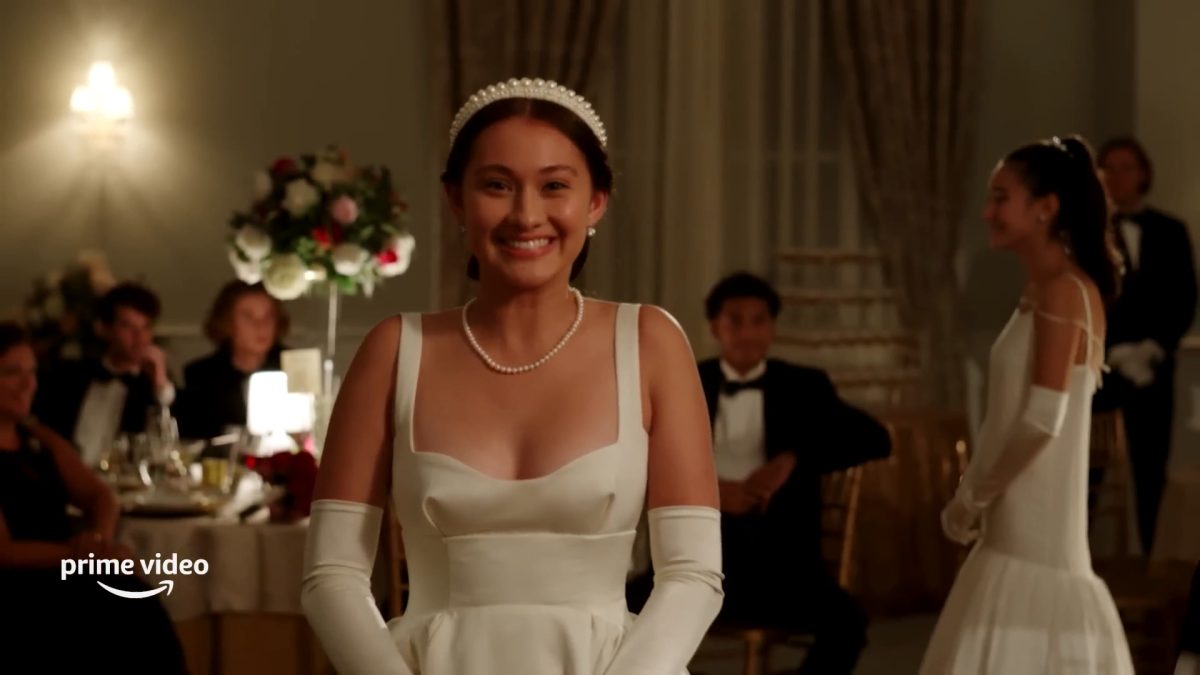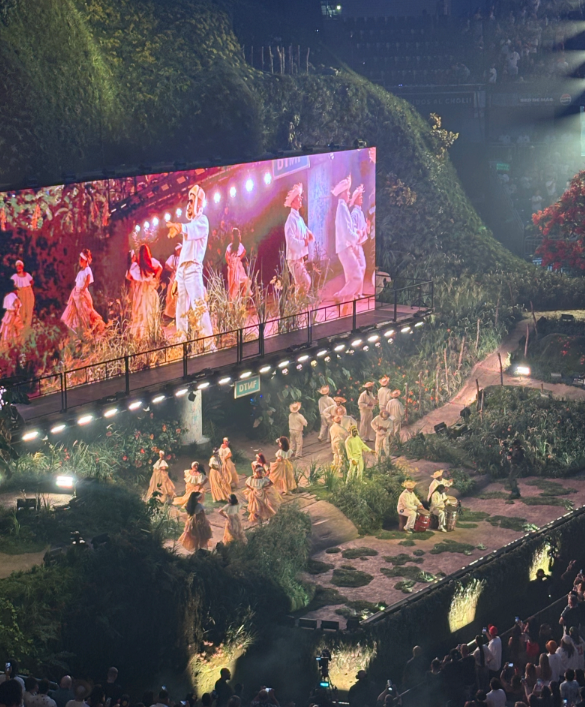With obligatory cameos and a world of references, Marvel movies are always full of references to the various branches of the Marvel Cinematic Universe. Avengers: Endgame is built upon character moments and relationships from previous films, and while there are big, obvious references to Marvel’s other movies, there are also small touches for the watchful eyes of fans paying close attention. Here’s some of the moments viewers could have missed.
Wait, who was that?
Characters aplenty show up in Endgame, including quite a few surprises like Frigga from Thor: The Dark World and Tilda Swinton’s Ancient One from Doctor Strange, but there are also some blink-and-you’ll-miss-it cameos.
During a scene in the 1970s, Tony Stark meets his father, Howard, and talks about his own impending birth in that time period. John Slattery returns to play Tony’s father and gets a meaningful scene with his character’s son, but, in a much shorter moment, Howard’s butler, Jarvis is seen holding the car door. Jarvis is played by James D’Arcy, the actor who filled the same role for two seasons in Marvel’s TV series Agent Carter. It’s not a big moment, but it is somewhat of an acknowledgement for the show’s existence, which is more than Daredevil, Jessica Jones, Luke Cage or Iron Fist ever got from the MCU’s movies.
In the film’s funeral scene, the camera pans past many of the MCU’s characters, but one appearance may not be immediately recognizable; near the rear of the crowd, a blond teenager stands solemnly. Though it’s been six years since he last appeared in a Marvel movie, Ty Simpkins returns as Harley Keener, the child who helped Tony rebuild his suit in Iron Man 3.
The hammer.
Mjolnir, Thor’s hammer, was destroyed in Thor: Ragnarok, but that doesn’t stop it from showing up again in Endgame. It channels lightning, lets its holder fly, comes back to its thrower, and can only be moved by those who are “worthy.” The MCU movies have mined a lot of strategy and jokes from the hammer, and Endgame continues that trend with referential moments.
When Thor picks up his hammer from the past, he realizes that he’s “still worthy,” a nod to his origin film, Thor, in which his worthiness was brought into question. The issue of worthiness was also raised in Avengers: Age of Ultron, where characters argued over who could lift Mjolnir — Steve Rogers, asking about resting the hammer in an elevator, remarks, “Elevator’s not worthy,” — and one particular scene has them trying to lift it. When Steve grabs Mjolnir, he strains, pulls, and it shifts a little, to Thor’s dismay. As Steve signals that he can’t lift the hammer, Thor breathes a sigh of relief. In Endgame, Thor sees Steve use Mjolnir, and calls out, “I knew it!” It’s a callback to a small moment, which is nice.
The vision.
Early in Endgame, Tony complains that he had warned the team he wanted “a suit of armor around the world,” as a result of a vision he had. In Age of Ultron, Tony sees a vision of his friends dead, a traumatizing moment that fuels quite a few of his following decisions. Among the dead, Steve lies next to his trademark shield, broken in a pattern that looks very similar to the way his shield looks in Endgame after one too many hits.
How do they know each other?
In the climactic battle of Endgame, Black Panther calls Hawkeye by his first name, Clint, a callback to a brief moment in Captain America: Civil War — Hawkeye says, “We haven’t met yet. I’m Clint,” and Black Panther responds, “I don’t care.” Steve only met Spider-Man on one previous occasion — in the same movie — and references that moment by saying, “Hey, Queens.” Hope Van Dyne, the Wasp, calls Steve “Cap,” despite mocking her partner, Scott Lang, for using the same nickname in Ant-Man and the Wasp.
He finally got that dance.
At the end of the film, the music playing is “It’s Been A Long, Long Time” by Harry James, a song previously played in Captain America: The Winter Soldier, which also serves other purposes. In a scene that was itself a reference to the movie A Matter of Life and Death, Steve told his love, Peggy Carter, that he owes her a dance. In its name, the song references the time that Steve has waited to follow up on his promise. By the end of Endgame, Steve has lived a long, long time, looking the age that he should probably be, more than seven decades after the end of World War II. It takes him a while, but he finally gets his dance and everything he ever wanted.


